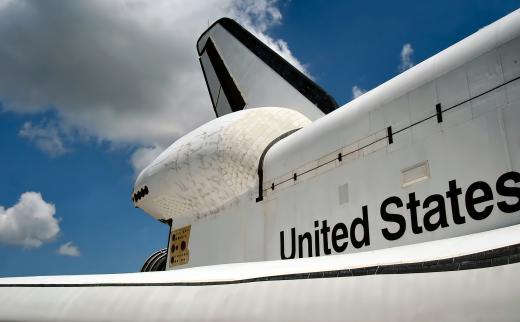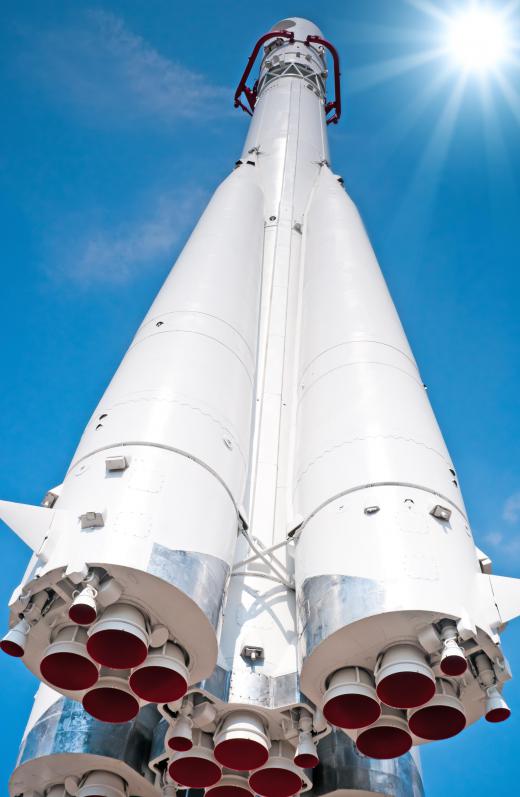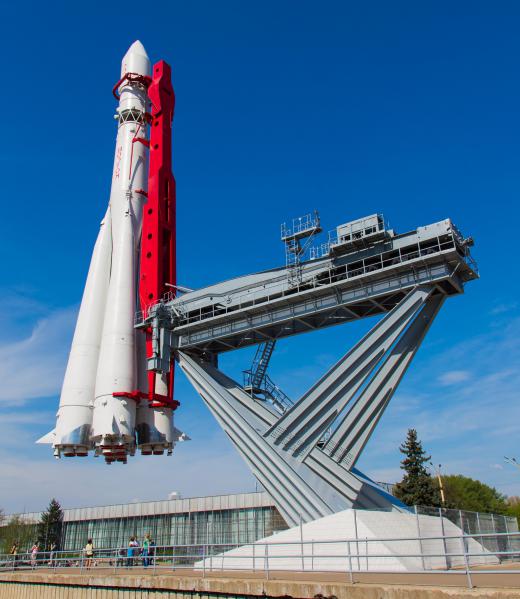What Is a Rocket Engine?
A rocket engine is a type of jet engine, which means that it is a reaction engine that creates thrust by discharging a high-speed stream of gas in the opposite of the desired direction of travel, propelling itself forward due to conservation of momentum. A rocket's distinguishing characteristic is that its propulsive jet is produced entirely from the engine's own propellant mass, with none of it taken from the external environment. This differs from other forms of jet engines, such as turbojets, turbofans, and ramjets, which mix their fuel with compressed air from the atmosphere to combust their fuel and produce a jet. Rocket engine technology is essential to spaceflight, because rockets can operate outside of an atmosphere. Rockets are also used for purposes such as fireworks, weapons, and high-speed aircraft.
Several forms of rocket engine exist. The most commonly used type is called a chemical rocket. A chemical rocket is propelled forward by chemical reactions in its propellant that produce heat, producing a stream of high-speed exhaust that is discharged from the rear of the rocket. Each chemical rocket carries a flammable propellant substance as its fuel supply. This is combined with an even more flammable substance, called the initiator or igniter. The initiator is ignited, usually through an electrical spark or pyrotechnic charge, and the heat in turn ignites the propellant, which burns to produce a propulsive exhaust jet.

The propellant chemicals can be solids, liquids, or solids combined with liquids or gases. In in a solid-fuel rocket, the solid propellant, called the grain, is stored together with oxidizing chemicals that serve as the initiator, while liquid-fuel rockets store the liquid propellant and initiator in separate tanks until it is time to release them into the combustion chamber to mix. Hybrid fuel rockets use a solid propellant, which is then mixed with a liquid or gaseous initiator stored in a separate tank until it is ready to be used.

The most common solid fuel used today is called ammonium perchlorate composite propellant (APCP), which refers to a number of different chemical mixtures that incorporate both the propellant and initiator. APCP commonly includes the oxidizer ammonium perchlorate (NH4ClO4), elastic polymers called elastomers, and powdered aluminum or other metals. Liquid rocket fuels are often composed of liquid oxygen mixed with refined kerosene or liquid hydrogen or of dinitrogen tetroxide (N2O4) mixed with hydrazine (N2H4) or one of its derivatives.

Solid-fuel rockets were the first form of rocket engine, but have largely been supplanted by more efficient liquid-fuel and hybrid designs. They are still commonly used for purposes such as fireworks and model rocketry, however, and are sometimes used in spaceflight to launch small payloads into orbit or as supplements to a liquid-fuel rocket in order to increase payload capacity. For example, the Space Shuttle uses a single large liquid-fuel rocket flanked by two smaller solid-fuel rockets to reach orbit.

A thermal rocket uses a propellant that is heated from an external heat source rather than by chemical reactions in the propellant itself. Hot water rockets, also called steam rockets, use water as a propellant by heating it to produce jets of steam. Those are frequently used in very high-speed land vehicles, such as drag racers. Electrothermal rockets use electrical fields to produce heated plasma, which then heats the propellant to produce a jet. Electrothermal rockets are useful for producing brief bursts of thrust and commonly used for purposes such as altitude control in satellites.
Several other types of thermal rockets have been proposed and may eventually see use. A solar thermal rocket would use solar energy as a heat source, either by exposing the propellant directly to radiation from the sun or using solar energy to power a heat exchanger that would heat the propellant. The solar energy would be gathered and concentrated through mirrors or lenses to provide enough concentrated heat. A thermal rocket engine could also be powered by energy transmitted to it from an external source via laser or microwave beams. A nuclear-powered thermal rocket could heat its propellant with the energy from a nuclear reactor or from the decay of radioactive isotopes.
AS FEATURED ON:
AS FEATURED ON:














Discuss this Article
Post your comments